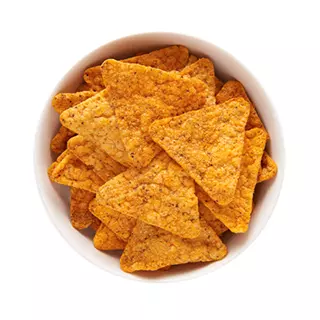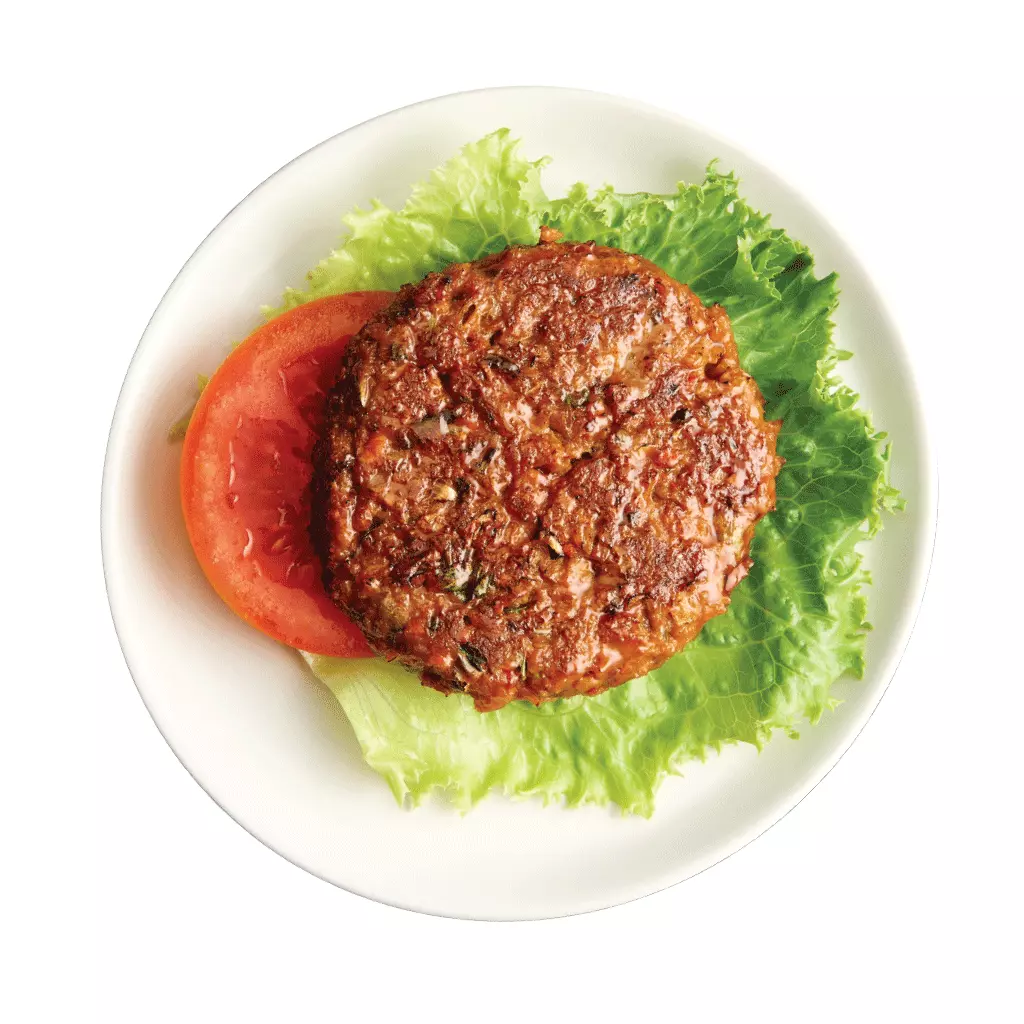Going shopping with a pre-planned grocery list not only gets you done with it swiftly but also ensures you maintain a healthy diet.
Research shows that individuals, especially the ones trying to lose weight, who take a list to the grocery store make healthier food choices, resort to a healthier diet, and thus, are more likely to maintain a healthier weight.
Aside from being a great memory aid, a grocery shopping list will help you stay on track, reduce impulse buying, and save you a lot of money. It can also set you up for weight-loss success by ensuring you have nutritious food to eat all week long.
Surely, using a grocery list is a powerful tool for achieving and maintaining a healthy weight and should be incorporated with other lifestyle habits – such as physical activities and getting enough sleep.
A healthy grocery list that grants these benefits comprises a broad variety of whole foods. Unprocessed whole foods that are closer to their natural state, are always a better choice as they deliver higher nutrients and have less unhealthy elements, such as high sugar content.
However, shopping for groceries can be a very challenging task, especially if you don’t have a plan.
Tempting, unhealthy foods line the shelves, threatening to put you off your nutrition goals.
Here are some tips to help you create a healthy grocery shopping list, so you can load your cart with excellent choices.
1. Plan in advance
One good way to maintain a healthy diet is to have the ingredients needed to make your delicious meals.
Having nothing left in your pantry, fridge, or freezer can make you turn to fast food or takeaway, especially when your schedule is all jacked up. That is why you need to load your shelves with tasty, nutritious options.
According to studies, people who plan their meals ahead of time have lower body weight and a healthier diet compared to those who don’t.
Also, people who plan out their meals tend to prepare more home meals – a practice that has been associated with better diet quality and lower amounts of body fat.
Planning your meals for the week can prevent you from making bad choices and help you prepare a grocery shopping list more easily.
A good way to start your meal-planning is to create a recipe board containing all the meals you want to eat for the week, including breakfasts, lunches, dinners, and even snacks.
Once you’ve figured out the ingredients needed to prepare these meals, write them down on your grocery list and make sure to include the exact amount of each food you are going to need.

2. Have a running grocery list
Instead of trying to remember which of your favorite pantry staple has finished, keep a running list of things you need to get during your next visit to the grocery store.
An excellent way to keep track of your kitchen inventory is by using dry-erase boards or magnetic to-do lists.
There are also apps that can help you stay on top of your meal planning and create a healthy grocery shopping list.
Keeping tabs on the foods you eat and the new, healthy ones you wish to try will make creating your weekly shopping list easier for you.
3. Keep it realistic
When creating your grocery shopping list, you need to be realistic regarding the foods you are actually going to eat.
While you may want to try out many new foods when you first begin your healthier eating plan, it’s important to select only a few ones every week.
Note that it is easy to get attracted by appealing food items on the shelves when grocery shopping without a list. And this can make you buy more food than you can eat in a week or cause you to select items you should be consuming but don’t really like.
This may result in wasted food and less money in your pocket.
Selecting just a few new foods every week to include in your meals is an excellent way to add nutrients, improve your palate, and figure out which healthy foods you actually enjoy.
For instance, if you want to include more green leafy veggies, such as spinach, arugula, and kale, in your diet but are unsure which ones you would like, try one of them every week until you arrive at a few favorites.
This will enable you to taste new foods without the risk of wasting your money and food. Also, you will be able to make a new grocery list every week, containing nutritious, healthy foods you enjoy.

4. Organize your grocery shopping list
Breaking down your grocery list into categories will save you time and make your shopping trips easier.
You can organize your grocery list either by food category or by the layout of your local grocery store.
Organizing your grocery list into categories also reduces the chances of impulse buying and helps you shop more efficiently.
A well-organized grocery list keeps you focused on the items you have planned and prevent you from being distracted by the numerous unhealthy food items that line the shelves.
To begin, separate your list into categories depending on food types, such as:
- Protein
- Carbohydrates
- Healthy fats
- Vegetables
- Fruits
- Beverages
- Dairy or non-dairy products
- Condiments
If you wish to reduce snacking or don’t want to keep sweets at home, don’t create space for snacks or desserts on your list.
Try to add only healthy categories to your shopping list, focusing only on wholesome, nutrient-rich foods.
If you know how your grocery store is laid out, you can also try to organize your list based on the sections where the foods can be found. For example, if you often start your shopping trip in the fresh produce section, list vegetables and fruits first.
That way, you can make your shopping trip easier and avoid going back to a certain section.
This will help lower the chances of getting tempted by unhealthy items while wandering around the store, looking for foods on your grocery list.
5. Adhere to healthy items when creating your grocery list
When creating your shopping list, try to focus on foods that are nourishing and, at the same time, healthy.
This can be difficult, especially if you have just begun a healthier eating plan.
Grocery shopping lists help lower your chances of buying unhealthy foods that can make you add weight and ruin your weight-loss goals.
So, before you go on a shopping trip, make sure to organize your list into categories and include items that would be needed to prepare healthy meals for the upcoming days.
If you realize that some sections of the grocery store are tempting, like the candy aisle or the bakery, it would be best to avoid those areas completely.
6. Perimeter shopping can be greatly helpful
Perimeter shopping is a good way to focus on fresh foods while reducing your exposure to processed and packaged items. The perimeter of grocery stores often contains vegetables, fruits, dairy, and healthy proteins.

While the central aisles of the grocery store may contain healthy food items like grains, spices, olive oil, and canned and dried beans, this is also where highly processed foods such as chips, candy, and soda are stocked.
Limiting your time in the grocery store’s interior can minimize your exposure to these unhealthy food items, hence lowering the chances of being tempted to buy them.
Besides, the consumption of highly processed foods has been associated with obesity and chronic conditions like diabetes and heart disease, so it’s important to cut down the amount you take to maintain good health and keep off excess weight.
Filling your grocery list with many wholesome, unprocessed foods that can be found in the perimeter of the food store can help you incorporate more healthy foods into your diet.
7. Follow the plan
Food stores are designed to make shoppers spend money – be it on healthy or unhealthy food choices. So, to avoid being tempted, always visit the store with a plan to eat healthy foods and purchase only the items on your list.
In-store ads and weekly flyers displaying special coupons and discounted food items can have a big impact on the foods you decide to buy.

Sadly, most grocery stores tend to focus more on packaged foods than fresh ones in their promotions.
That is why it’s important to begin your grocery shopping trip with a well-organized shopping list in hand. Sticking to your grocery list can reduce your chances of impulsively purchasing unhealthy foods or buying items you don’t need simply because it’s offered at a reduced price.
Still, it is very easy to get attracted by beautiful displays and huge discounts. If you are attracted by a sale item or beautiful food display, ask yourself if the item suits your healthy eating plan and remind yourself of your nutritious, healthy grocery list.
8. Try to stick to organic and pasture-fed protein and dairy
When possible and available, select pasture-raised eggs, meat, and wild-caught fish.
Studies show that pasture-raised eggs contain higher levels of anti-inflammatory omega-3 fatty acids, vitamin A and vitamin E compared to the ones conventionally raised.
Pastured dairy items are also rich in omega-3 fats and antioxidants, including beta carotene and lutein, compared to dairy products produced by cattle that are fed conventional grain-based diets.
Organic fruits and vegetables such as berries, grapes, apples, and greens have the most pesticide residues according to a 2019 analysis by the Environmental Working Group.
9. Some healthy grocery list ideas and food choices to get you started
When including items on your grocery list, it is best to focus more on fresh, wholesome foods.
Although it’s normal to have treats sometimes, it is important to reduce snack foods and sweets to a bare minimum when preparing your grocery shopping list.
Consuming highly processed foods, such as chips, candy, soda, baked goods, and sugary cereals, too frequently can sabotage your weight loss goals and make you gain weight.
Below are examples of healthy foods you can purchase:
Non-starchy vegetables
- Carrots
- Broccoli
- Spinach
- Kale
- Arugula
- Beets
- Cauliflower
- Onions
- Asparagus
- Mushrooms
- Tomatoes
- Zucchini
- Mixed Greens
- Radishes
- Cauliflower
- Green Beans
- Bell Peppers
- Brussels Sprouts.
Fruits
- Apples
- Grapes
- Berries
- Bananas
- Oranges
- Pears
- Lemons
- Pineapple
- Cherries
- Mangoes
- Grapefruit
- Kiwis
- Limes
- Pomegranates.
Proteins
- Fish
- Chicken
- Eggs
- Shrimp
- Beef
- Fresh turkey breast
- Bison
- Tofu.
Carbohydrates
- Potatoes
- Beans
- Lentils
- Oats
- Brown rice
- Quinoa
- Chia seeds
- Barley
- Buckwheat
- Butternut squash
- Sweet potatoes
- Whole-grain bread.
Healthy fats
- Avocados
- Avocado oil
- Almond butter
- Olives
- Olive oil
- Coconut oil
- Coconut
- Seeds
- Nuts
- Peanut butter
- Cashew butter
- Pesto
- Tahini
- Ground flaxseeds.
Dairy and non-dairy products
- Cheese
- Cottage cheese
- Greek yogurt
- Coconut milk
- Almond milk
- Kefir
- Goat cheese
- Unsweetened milk.
Condiments
- Spices
- Salsa
- Stevia
- Nutritional yeast
- Herbs
- Stone-ground mustard
- Raw honey
- Sauerkraut
- Horseradish
- Hot sauce
- Balsamic vinegar
- Apple cider vinegar.
Beverages
- Coffee
- Green Tea
- Ginger Tea
- Sparkling Water
- Unsweetened seltzer
- Unsweetened iced tea.
These are only a few examples of healthy, tasty foods you can include on your grocery shopping list. To make shopping easier for you, organize your grocery list by what’s most sensible to you. For instance, technically, avocado is a fruit, but many people consider it a tasty source of healthy fat.
However, regardless of how you create your grocery list, make sure that it’s well organized and easy to read so that you can have a seamless shopping experience.
Final words
Grocery shopping doesn’t need to be difficult.
Creating a shopping list that will guide you through the store is a good way to avoid sabotaging your nutrition goals. Also, having a shopping list and planning your meals can save you a lot of money and time.
Considering its possible benefits, creating a grocery shopping list should be on your list of things to do ahead of your next visit to the store.
have more questions regarding healthy shopping or weight loss? We are always ready to offer the required support and resources. Schedule a complimentary consultation today.






